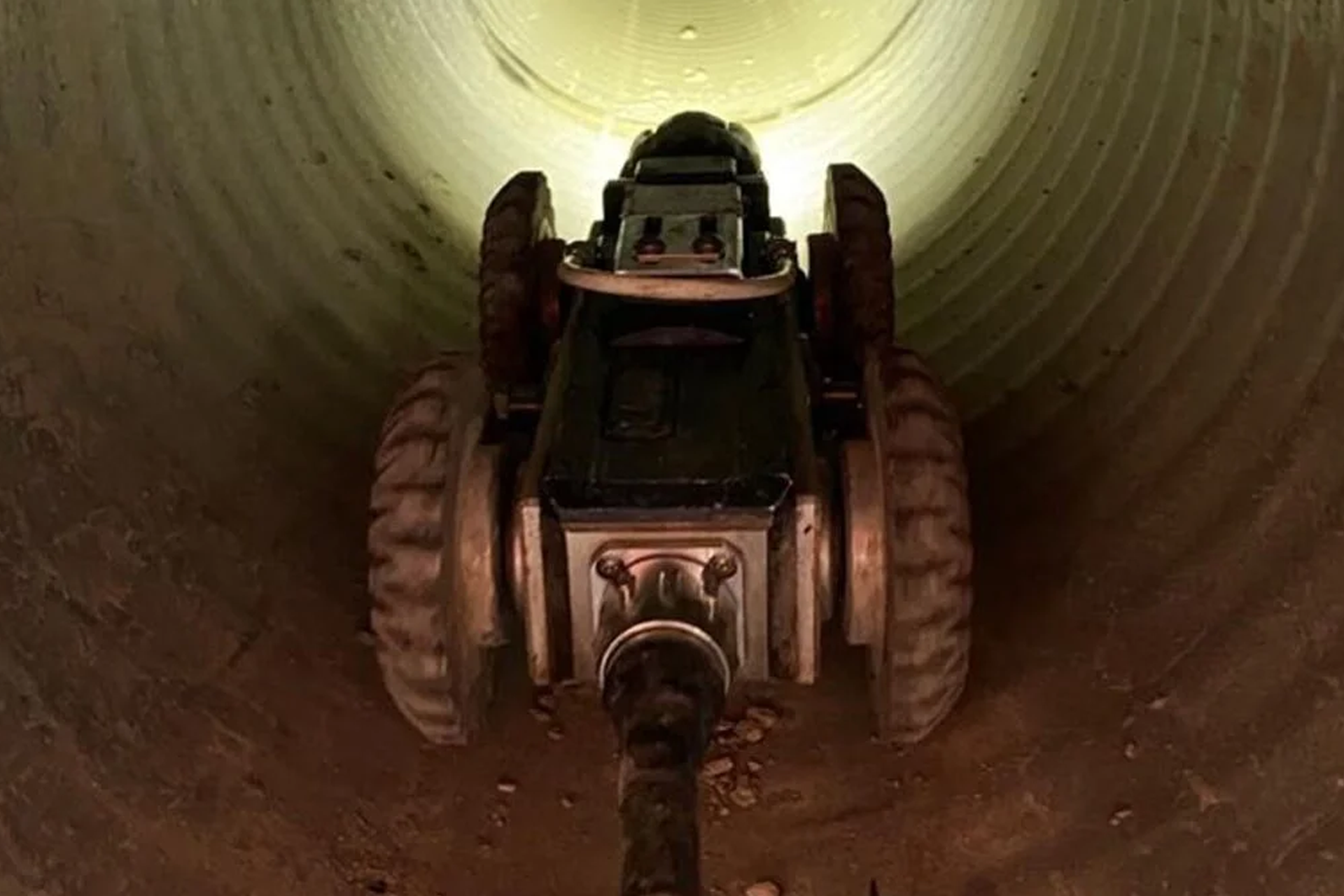The 9-Second Trick For Reclaim Waste
The 9-Second Trick For Reclaim Waste
Blog Article
An Unbiased View of Reclaim Waste
Table of ContentsThe Main Principles Of Reclaim Waste Fascination About Reclaim WasteThe 10-Minute Rule for Reclaim WasteThe Facts About Reclaim Waste RevealedLittle Known Questions About Reclaim Waste.The smart Trick of Reclaim Waste That Nobody is Talking About

Never ever put harmful compounds down sinks, toilets or stormwater drains pipes Substances consisting of petrol, grease, oil, chemicals and herbicides, and solvents such as paint strippers must not be put down sinks, toilets or stormwater drains. These materials are difficult to eliminate in the sewer therapy process and trigger pollution problems in our regional waterways.

Fluid waste is a term that covers a wide variety of materials, there's a great reason why leaving its disposal to the professionals is suggested. Fluid waste is non-solid product that has no further usage and has to be dealt with and disposed of according to local, state and federal guidelines.
Reclaim Waste for Beginners
Examples of liquid waste can include wastewater, fats, oils or grease, made use of oil, fluids, solids, gases or sludges and harmful family fluids, there are some that are taken into consideration to be extra hazardous than others when it comes to the setting and the wellness of pets and humans alike. It's because of this that each state and region have rigorous guidelines connected to liquid waste administration.
Fluid waste can be kept in holding storage tanks or packaged in drums, intermediate mass containers or accepted tiny containers prior to either being treated or gotten rid of using outsourced vacuum vehicles. Offered the nature of the products, liquid waste can not enter the general waste stream and there are rigorous policies on just how to deal with it appropriately.
(https://profile.hatena.ne.jp/reclaimwaste1/)Depending on a determination of the degree of danger, it may be essential to remediate those sites. In enhancement, harmful liquid chemical wastes are managed waste and needs to be tracked according to the state waste regulation. Under the chain of custodianship and obligations, proprietors are accountable and accountable for waste produced by a business.
Among the core applications for superabsorbent polymers (SAPs) is liquid waste solidification. industrial wastewater treatment. SAPs are used by waste management experts to stop possibly harmful liquids from going into rivers, groundwater aquifers, and other sensitive settings. Since fluids can rapidly deliver contaminants into ecological receptors and potentially add to geotechnical failings, liquid wastes are often prohibited from disposal in garbage dumps
Getting My Reclaim Waste To Work
Primarily, free liquids are liquids that separate from the solid part of waste product. Fluid waste can consist of the following: HDD mud and cuttings Land fill leachate Wastewater therapy sludge & biosolids Dug up debris Oil and gas drill cuttings Settling pond muck Hydro Excavation slurry Coal combustion residuals/ash Storage tank bottom sludge Concrete grinding/polishing slurry Associated Write-up: For a sensible instance of cost-free fluids dividing Your Domain Name from waste product, take into consideration the adhering to circumstance: A waste management contractor tons a dump associate sludge from a wastewater therapy plant's aeration basin, during a routine maintenance event.
However, when the chauffeur gets to the landfill, he notices water leaching from the sludge and putting from the dump vehicle. The tons was declined by the landfill and the driver was compelled to deal with the waste as a fluid waste at an unique facility, which raised the disposal costs significantly.
We likewise need to be responsible for the proper disposal of our waste products. It is not sufficient that we pay waste disposal business to take treatment of our rubbish.
The Only Guide to Reclaim Waste

Segregating your waste can start inside the home. Segregate completely dry and fluid waste as well as edible waste, biodegradable and non-biodegradable materials.
Layer the bottom with dirt to soak up the damp waste. Layer the garden compost with damp and completely dry waste as well as dirt to maintain a balance between the wet and the dry.
An Unbiased View of Reclaim Waste
To facilitate faster decomposition, you can additionally include semi composted dirt to the garden compost. If you discover the smell is becoming also strong, include additional newspapers and paper waste or include more openings to the compost container to maintain the balance of the waste products.
We likewise require to be accountable for the correct disposal of our waste materials. It is not sufficient that we pay waste disposal business to take treatment of our rubbish.
Our waste, our obligation. Have you ever wondered what happens to your fluid waste after it's accumulated? Did you understand that liquid waste can be reused?
Reclaim Waste Can Be Fun For Anyone
The suitable place is a good outside area with a lot of sunshine and air. Segregate your waste. Segregating your waste can begin inside the home. Set apart completely dry and fluid waste along with edible waste, naturally degradable and non-biodegradable materials. Always keep the lid on your bins to prevent insects, worms, flies, and undesirable smells.
You can make use of old trash can, bucket, garden pot or old plastic drums. Drill four to five openings in the container so the air can distribute. Layer all-time low with soil to take in the damp waste. Beginning the composting process. Layer the compost with wet and completely dry waste along with dirt to preserve an equilibrium between the wet and the dry.
Cover the compost container. When a week, add soil on top of the garden compost. To facilitate faster decomposition, you can also include semi composted dirt to the compost. Keep the garden compost. If you discover the scent is coming to be as well solid, include additional newspapers and paper waste or include more openings to the compost bin to keep the equilibrium of the waste products.
Report this page